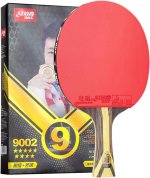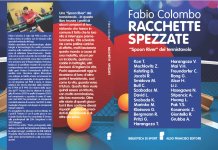This user has no status.
I've started making my own blades. So far i made 2, but they are still missing the handles. That got me thinking on a few things. Has anyone tried these?
1. Making the same blade but with different handle length, or even handles with different lengths on the same blade? Would this work as a way to fine-tune the flex of the blade?
2. I don't have access to a lot of woods. Besides balsa, most will be too heavy to use as a core wood. Maybe hollowing out the core in a honeycomb pattern will maintain the structure stability while loosing a few grams?
3. This one probably isn't ITTF legal but it would still make a fun experiment. I'm thinking of using a mixed core, like a strip of wood between 2 balsa wings or something like that. The goal is to have a light core but not so stiff as full balsa core.
1. Making the same blade but with different handle length, or even handles with different lengths on the same blade? Would this work as a way to fine-tune the flex of the blade?
2. I don't have access to a lot of woods. Besides balsa, most will be too heavy to use as a core wood. Maybe hollowing out the core in a honeycomb pattern will maintain the structure stability while loosing a few grams?
3. This one probably isn't ITTF legal but it would still make a fun experiment. I'm thinking of using a mixed core, like a strip of wood between 2 balsa wings or something like that. The goal is to have a light core but not so stiff as full balsa core.











